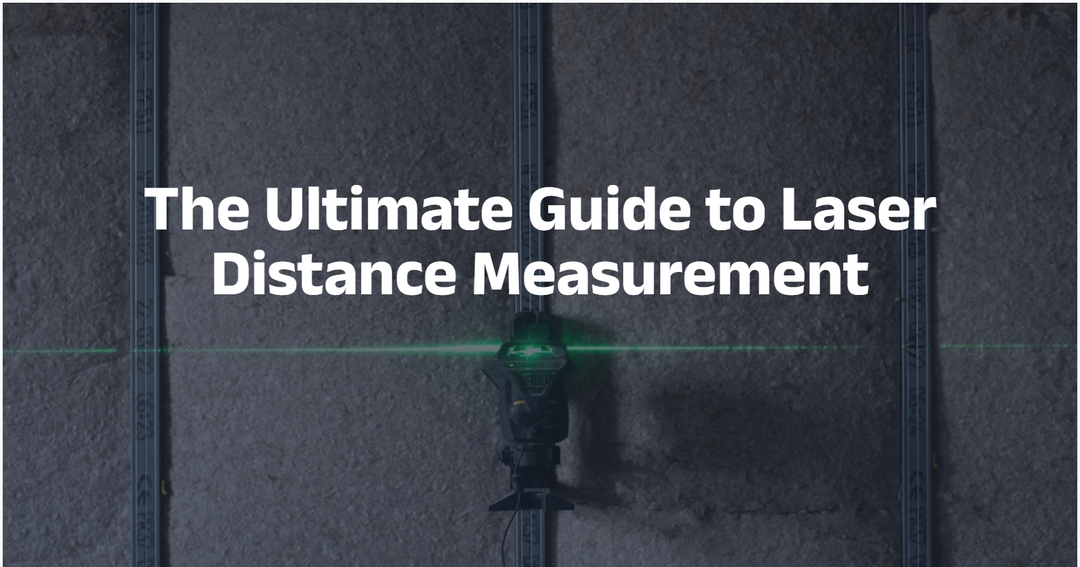How to Find A Buging Device When Your House Is Bugged
Is there this invisible eye or ear in your house watching or listening to you and your family?
In this space that's supposed to be secret and safe lies an unsettling reality: this is a bugged house. Such spying action will hit the soft spot of our hearts. But fear not, there're easy methods to tell if there are spy cameras and bugging devices in the house.
For the sake of privacy, we must gear up and start to find the bugging device. Check out the signs and methods below and let's protect our privacy!
Part 1: How do you find out if your house is bugged
To begin, let's search through the house. Just to prove our instincts. Check out the signs below. If you find more than one in your house, you'd better take it seriously.
1. Somebody has visited your house
The bug won't fly to your house and mount itself. It must be someone who has come to your house. You may have opened the door and welcomed the installer. If you've noticed some weird behaviors of this person, it's time to recall your memory. Has he/she been to your washroom, your child's room, the study, or your room?
Maybe someone broke into your house without noticing. Check the doors and windows for any possible damages.
2. Sounds or lights
Some spy cameras or audio recorders make faint buzzing and clicking sounds. So, turn off all electronic devices in the room and keep the door and window shut. Listen carefully for any unusual sounds.
All cameras have lenses that will reflect light. So, you may use a flashlight to scan through all the holes in your house. Wall outlets, smoke detectors, ventilating fans, and other holes or gaps that face private places like beds, shower rooms, etc.
3. Interferences
Some spy cameras and microphones need to sync the captured content to the cloud. During the data transfer, electromagnetic signals happen and they will make interferences to other devices. So, if you make a phone call, you will hear a buzz or have an interrupted call.
If the spy bug is near your Wi-Fi router, it will jam your network and bring lags. Near your TV? Snowflakes may appear from time to time.
When any of these happens after a sudden visit, pay attention. You should check the house.
4. Strangers around the house
If you are in the middle of some troubles like a divorce or trial, pay attention to all the strangers around your house. Especially those who wear headphones. When you start to see them since the day the case begins, the viral may be doing something.
Strangers around? Check if there's a van or truck nearby. You should look for one that has all windows tinted dark. The peekers may disguise it as a service or delivery vehicle like ice cream, cleaning, and more.
Yes, we're talking about something we see in the movies. They may have planted bugs in your place and monitor everything in real time.
5. Unexpected visits of repair or cleaning people
Telephone, network, plumbing, AC, and other service people come to your house claiming to do repair or maintenance for free. If they come to your door without calling you for an appointment, they're mostly not the real repair people.
6. Dusts and dimmed walls
Check the walls and ceiling inch-by-inch. If there's unusual dust, debris, dimmed parts, or discoloration, there may be a bug.
How to define "unusual", when the issue happens to only one or few places and in a coin-size.
They may dig a hole in the drywall and plant the bug. Refill the hole and smooth it to pretend nothing happening to this wall.

Part 2: Who will place a bug in the house
Business competitors
This is one of the common cases. To be one step forward than you, competitors may use all means to get the core information of your company.
Your Spouse
In a separation or divorce trial? Well, the one who slept next to you may want more benefits.
Burglars
Some experienced and skillful burglars will not begin the crime until they are 100% confident. They need:
- your timelines to know when to break into your house;
- the password of your safe;
- where you keep your jewelry and cash.
Tip:
If you have bitcoins, they are trying to steal your account and password.
Peeping Tom (Peeper)
There are creeps in the world. They love to peep on how people live their days.

If your family are all good-looking, your house will be more likely their target. Let's not mention some people sell those captured footage for profits.
Part 3: How to Find a Bug in the House
It's time to prove the suspiction. We will take actions to scan through your house and find the bugs.
Method 1: Seek professional help
If you're in this important and serious trial, nothing is more valuable than an inspection conducted by professionals. They will scan your house with the most advanced tools. No corners will be missed.

You can sit on your couch and wait for their report and removal of the bugs. The only bad thing is the cost. They may charge you $500 or more depending the square footage of your house.
Method 2: Buy a bug detector device
What will the spy detection agencies use? Some metal detectors and RF detectors.
- There are circuit boards and copper parts inside a spy camera and bug. It's pretty hard to install shielding layers to block the signals of metal inside a tiny bug. So, a metal detector can find most hidden bugs.
- Wirelss spy cameras and audio recorders will sync the captured data to the cloud or the peeker's device. An RF(radio frequency) detector can detect the signals. As it gets closers to the signal source, it beeps louder and faster.
Compared to hiring an agency, these bug detecting devices are more friendly to your budget. And both methods contribute similar benefits.
- Related reading: Top 5 Best RF Signal Detectors
Bonus: Get an easy and efficient anti-spy detector with minimum cost
NOYAFA provides a series of precise anti-spy detectors. They're installed with the most advanced self-developed sensors for radio signals. Hidden cameras, bugs, and GPS trackers are all visible with the help of NOYAFA RF detectors.

Take its new arrival JSM110 as an example. This is a quick solution to find bugs in the house. Simply turn on the detector and walk through your house. When the device make a beeping sound, you know there's a signal emitter source around. Adjust the scanning strength to further locate the source and see if it's a bug or not.
Bsides, it has a built-in infrared flashlight for hidden cameras. If there's a hidden camera in your house, the IR light will make it visible by the reflection on the lens.
Tip:
Spy bugs, phones, router, and computers will generate radio signals. To make the inspection more accurate, you'd better power off all the other devices in your house. Then use JMS110 for a bug scan.
Caution: Pay attention to your home surveillance camera
In recent years, people love to install surveillance cameras at home to keep an eye on the situation of the house, kids, and pets. However, some CCTVs need to connect to your Wi-Fi network. And some geeks can hack into these cameras via the Wi-Fi network. This means they don't need to enter your house and "install" a bug.

So, we strongly recommend you to do the following to keep your home cameras safe:
- Change your Wi-Fi password every a few times;
- Consult the CCTV manufacturers for safety checkup;
- Reset the cameras from time to time;
- Try to buy wired surveillance cameras or that supports cloud storage (not Wi-Fi or bluetooth connection).
All in all
If you're worried about being bugged in the house, calm down first. Pay attention and check the house first. See if there's any suspicious signs.
When there are some obvious signs, apply to professional help. Hire a team or buy the detector devices.




